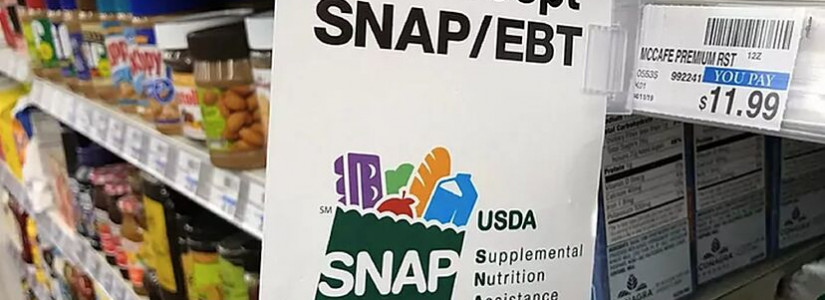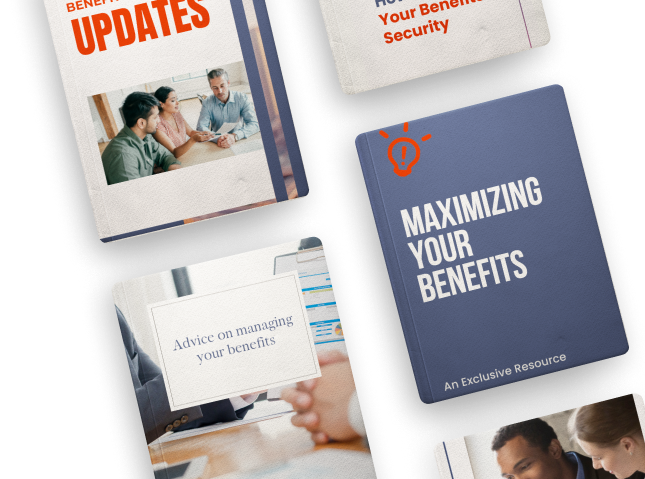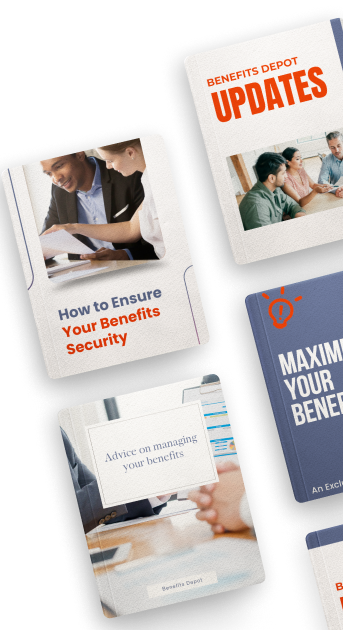How Much Can You Have in Savings and Still Receive SNAP in 2025?

The Supplemental Nutrition Assistance Program (SNAP) continues to serve as a vital safety net for over 40 million Americans.
However, receiving benefits is not a one-time guarantee.
Continued eligibility hinges on several factors—including not only income, but also household resources.
Understanding which assets impact SNAP eligibility can help individuals and families remain in good standing and avoid losing access to monthly food assistance.
Resource Limits for SNAP in 2025
As of 2025, most households must meet the following resource thresholds to qualify:
-
Up to $3,000 in countable assets for general households
-
Up to $4,500 if at least one household member is aged 60 or older or has a qualifying disability
Note: These thresholds are adjusted annually for inflation.
Read: Your May 2025 SNAP Guide: Higher Benefits and New Work Requirements Explained
What Resources Are Counted?
Countable resources generally include:
-
Cash on hand
-
Checking and savings account balances
-
Certain types of investments or liquid assets
However, not all resources are factored into eligibility. Exempt assets include:
-
Primary residence and surrounding land
-
Vehicles (depending on usage and value limits)
-
Resources of individuals receiving Supplemental Security Income (SSI)
-
Resources of individuals on Temporary Assistance for Needy Families (TANF)
-
Most retirement and pension accounts (unless funds are frequently accessed and used as income)
Broad-Based Categorical Eligibility (BBCE)
Many states implement Broad-Based Categorical Eligibility, or BBCE, which allows applicants who receive certain types of non-cash public assistance to qualify for SNAP even if they exceed the standard resource limits.
This policy is designed to streamline access and reduce administrative burdens, especially for working families who may have modest savings or retirement accounts but still struggle with food security.
Additional Requirements to Maintain Benefits
Beyond income and asset limits, applicants must also meet other criteria:
-
Employment status and work requirements for able-bodied adults without dependents (ABAWDs)
-
Household composition and residency
-
Re-certification at intervals set by state guidelines
While SNAP is federally funded and regulated by the U.S. Department of Agriculture’s Food and Nutrition Service (FNS), eligibility rules can vary by state due to local administration.
This makes it essential for current and potential beneficiaries to stay informed and check with their state’s SNAP office for specific guidance.
-
Don't miss out on general benefits information!
Subscribe for the latest updates, expert advice, and valuable tips to help you maximize your benefits and financial well-being.
Stay informed—sign up now!












